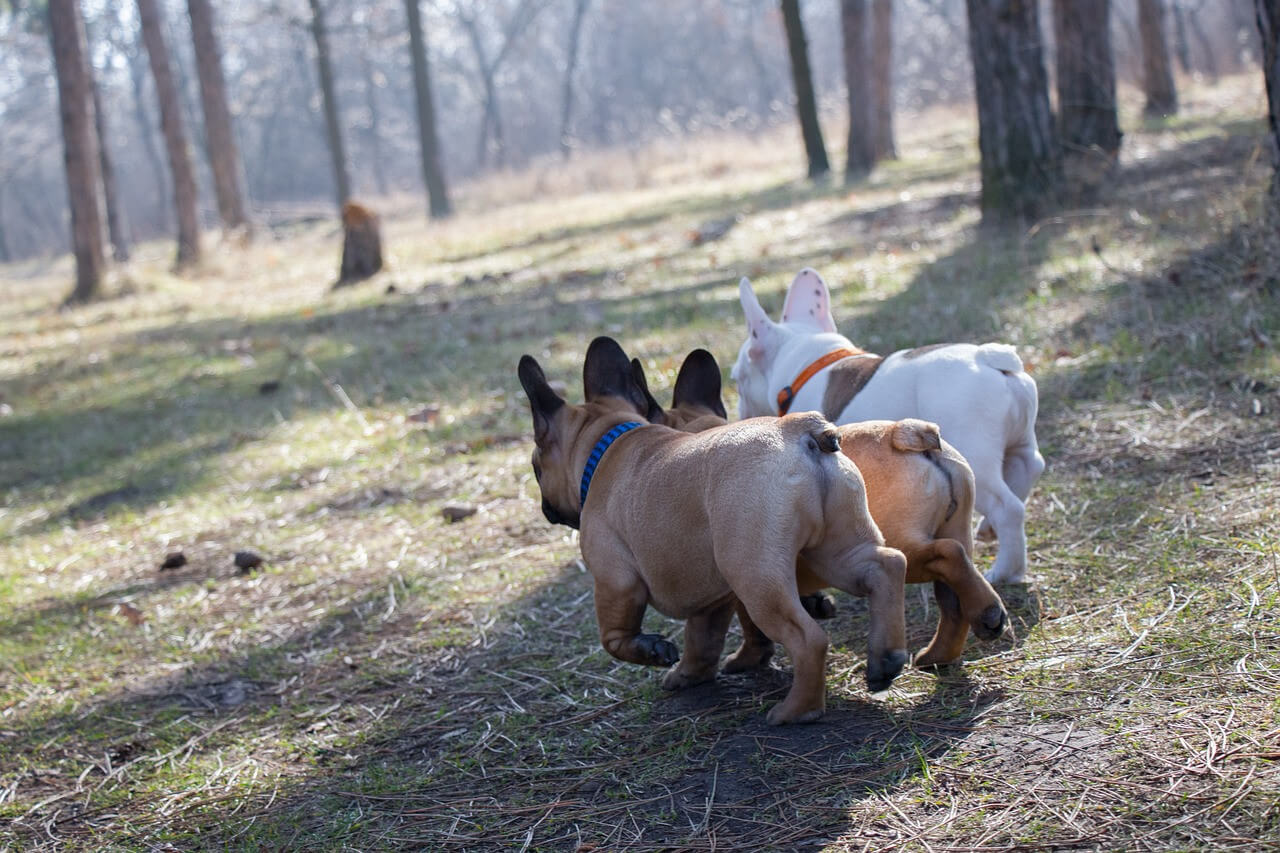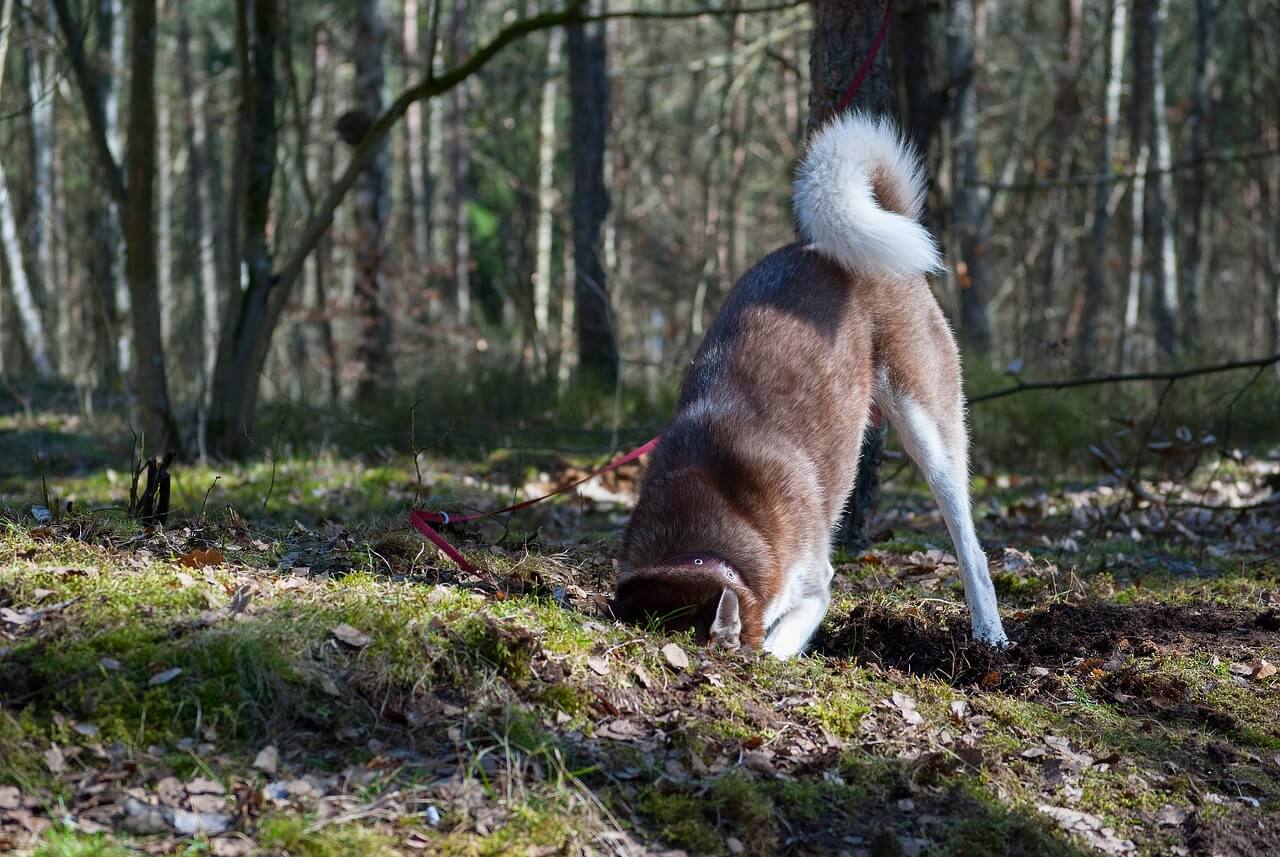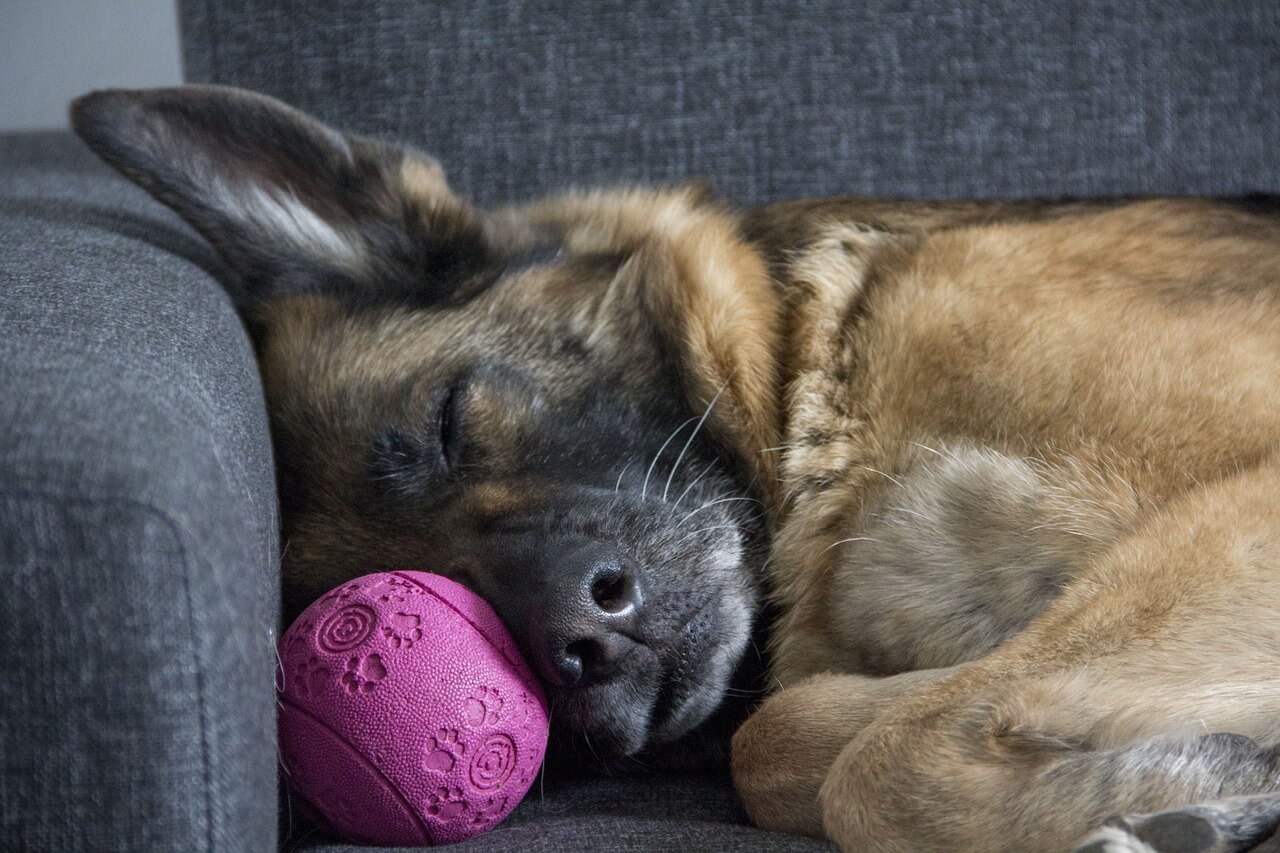Our furry pals bring us so much joy, and keeping them healthy and comfortable is our responsibility. One often-overlooked aspect of their care is their dog's anal glands. These small internal sacs near the dog’s anus play a role in marking territory, but sometimes they can get blocked, causing discomfort and other anal gland issues. Providing a comfortable dog bed can help reduce stress, which may alleviate some discomfort in pets experiencing these issues.
Caring for your pet may involve learning how to express dog anal glands. In this guide, we’ll explore the signs that your dog may need their anal glands expressed, safe at-home techniques for manual anal gland expression, and why consulting a veterinarian is essential.
Recognizing the Signs of Anal Gland Issues
Dogs often communicate their discomfort through behavior. If your dog is scooting, excessively licking their rear, or showing signs of pain near their tail or anal area, it could indicate impacted anal glands. These behaviors are often a sign that dog anal gland expression may be needed.
Other symptoms to watch for include a fishy odor around your dog’s anal opening or leakage of anal gland fluid. If your dog frequently shows these signs, they may be experiencing anal gland problems, and it's crucial to address them promptly to prevent further complications, such as anal gland infections.
Consult a Veterinarian Before Expressing Anal Glands
Before you attempt to express your dog's anal glands at home, it’s important to seek guidance from your veterinarian. Not all dogs need their anal glands expressed regularly, and improper handling can lead to more serious issues, like anal sac disease or infections.
A vet can examine your dog and determine if anal gland expression is necessary. In some cases, smaller dogs or certain breeds may be more prone to dog anal gland issues, and a vet’s assistance is vital to ensure the process is done safely.
Materials Needed for Manual Anal Gland Expression
If your vet gives you the go-ahead, here’s what you’ll need for at-home anal gland expression:
Disposable latex gloves: Protect your hands and maintain hygiene.
Absorbent paper towels: Keep the area clean and manage any fluid.
Petroleum jelly: Acts as a lubricant for easy insertion.
Warm water and antiseptic wipes: To clean the dog’s anal area after the process.
Treats: To reward your dog and help them feel comfortable.
A calming dog bed can also help create a relaxing environment, making your dog feel secure and reducing anxiety during the process.
Large Washable Fluffy Orthopedic Soft Dog Pillow Dog Sofa Bed-Snoozy Dream

$79.00 USD
$112.85 USD
Snoozing When it comes to turning your living room into the ultimate relaxation space for your beloved pet, finding a couch that offers the right level of comfort is key. FUNNYFUZZY Snnozy Dream has a comfortable balance of firmness and… read more
Make sure your dog is calm and relaxed before starting the procedure. Placing a paper towel underneath your dog to catch any discharge is a good idea, and you can gently insert your index finger into the dog's anus to locate the small sacs that need to be expressed.
Step-by-Step Guide to Expressing Your Dog’s Anal Glands
Prepare the area: Ensure you have all your supplies ready. Place a paper towel underneath your dog to catch any fluid, and wear disposable gloves for hygiene.
Locate the anal sacs: Gently lift your dog’s tail and look for the small sacs on either side of the anal opening (typically positioned at 4 o’clock and 8 o’clock).
Insert your index finger: Apply petroleum jelly or lubricant to your index finger and gently insert it into your dog’s anus. Use your thumb to gently press the sac between your finger and thumb.
Express the glands: Gently squeeze the sacs toward the anal opening. Be careful not to use too much force, as this can cause injury. The anal gland fluid should be released onto the paper towel.
Clean the area: Once the glands are expressed, clean your dog’s anal area with warm water and antiseptic wipes to prevent any irritation or infection.
Reward your dog: After the procedure, give your dog plenty of praise and a treat to reinforce a positive experience. Your dog may feel slightly uncomfortable afterward, so it’s important to provide them with comfort and reassurance.
Ensuring Your Dog's Comfort After Expression
Once the procedure is complete, it's essential to ensure your dog's comfort by providing them with a plush dog bed where they can rest and recover. Keep an eye on your dog for any signs of discomfort, such as continued scooting or excessive licking, which could indicate an infection or residual anal gland issue. If your dog seems to experience frequent problems with their glands, you might want to consider adjusting their diet. Adding more dietary fiber to your dog's meals can help promote healthy bowel movements and prevent future anal gland problems.
Large Soft Plush Washable Pet Bed Dog Sofa Bed

$79.50 USD
$113.57 USD
As a fluffy cozy rest place for furry friends, with its large space and pillow, it can let your furry friends enjoy sleep throughout their lifetime as they grow up. Enhances Comfort: Crafted with soft fabric as a warm sleep… read more
Post-Procedure Care for Your Dog
After successfully expressing your dog’s anal glands, it’s important to continue monitoring their health. Keep an eye out for any lingering signs of discomfort, such as continued scooting, licking, or swelling around the anal area. These could indicate that the anal glands are still irritated or that there’s a potential infection.
In some cases, you may need to express the glands more than once, especially if your dog has chronic anal gland issues. However, if your dog’s symptoms persist or worsen, contact your veterinarian immediately for further evaluation.
Additionally, cleaning the surrounding fur and ensuring proper hygiene after each expression can help prevent infections and keep your dog comfortable. If your dog is prone to anal gland problems, consider adjusting their diet to include more dietary fiber, which can help improve their bowel movements and reduce the likelihood of future issues.
When to Contact a Veterinarian
Even with the best at-home care, some dogs may still have persistent anal gland issues. If you notice signs of swelling, infection, or if your dog is in visible pain, contact your vet immediately. A veterinarian can also help if you feel uncomfortable performing the procedure yourself or if your dog belongs to a breed that is more prone to anal sac disease.
Conclusion: Keeping Your Dog's Anal Glands Healthy
Understanding how to care for your dog’s anal glands is essential for maintaining their overall health and comfort, much like ensuring they have a comfortable dog sofa bed to relax on. Regular monitoring for signs of discomfort and knowing when to seek professional help is key to preventing more serious anal gland problems like impacted glands or infections.
By following these steps and consulting with your veterinarian, you can help your dog avoid unnecessary discomfort and ensure their anal glands stay healthy. Remember, while it’s possible to express your dog’s anal glands at home, always prioritize your pet’s safety and well-being.
Reference: https://www.akc.org/expert-advice/health/how-to-express-dog-anal-glands/






